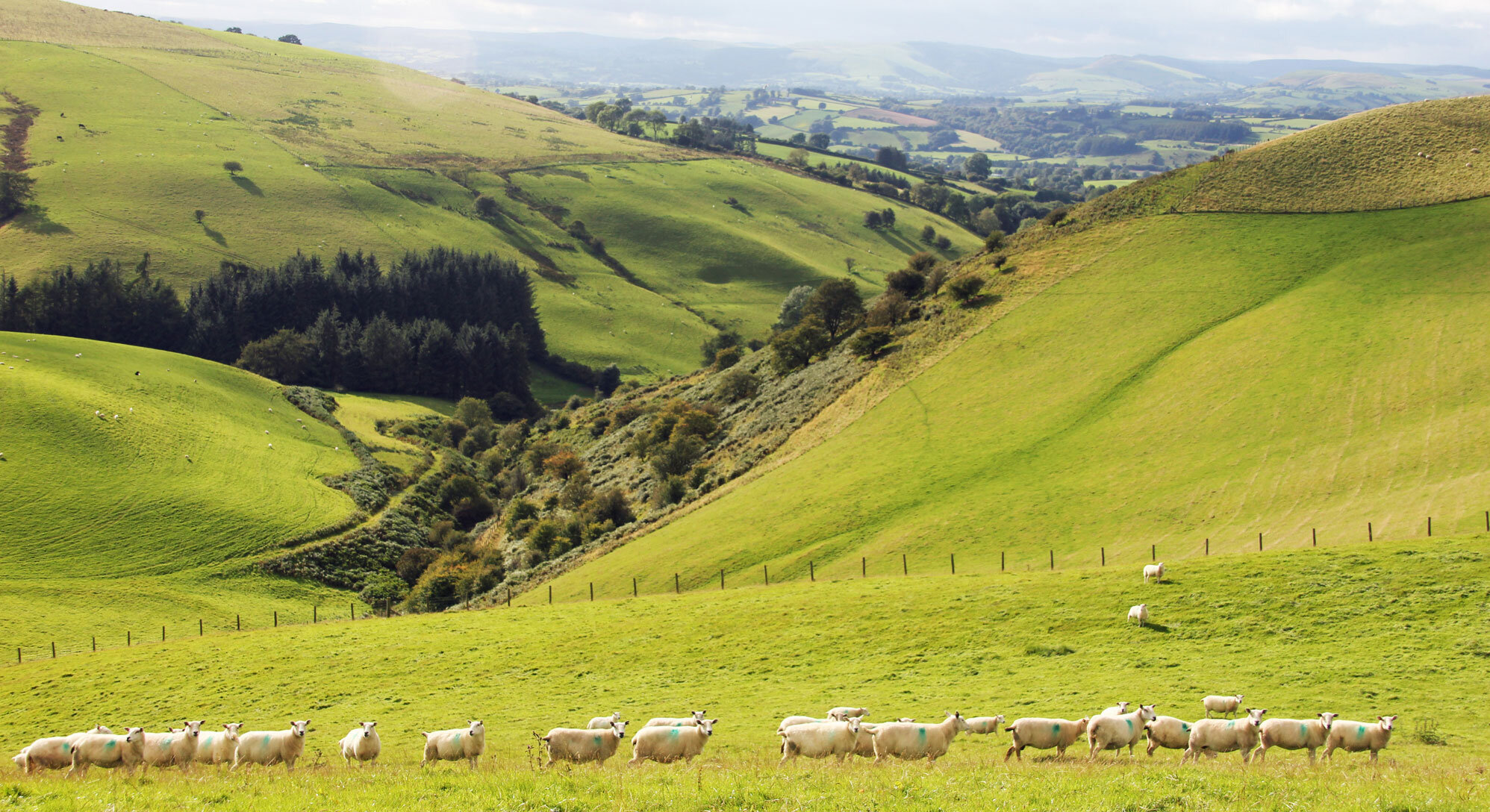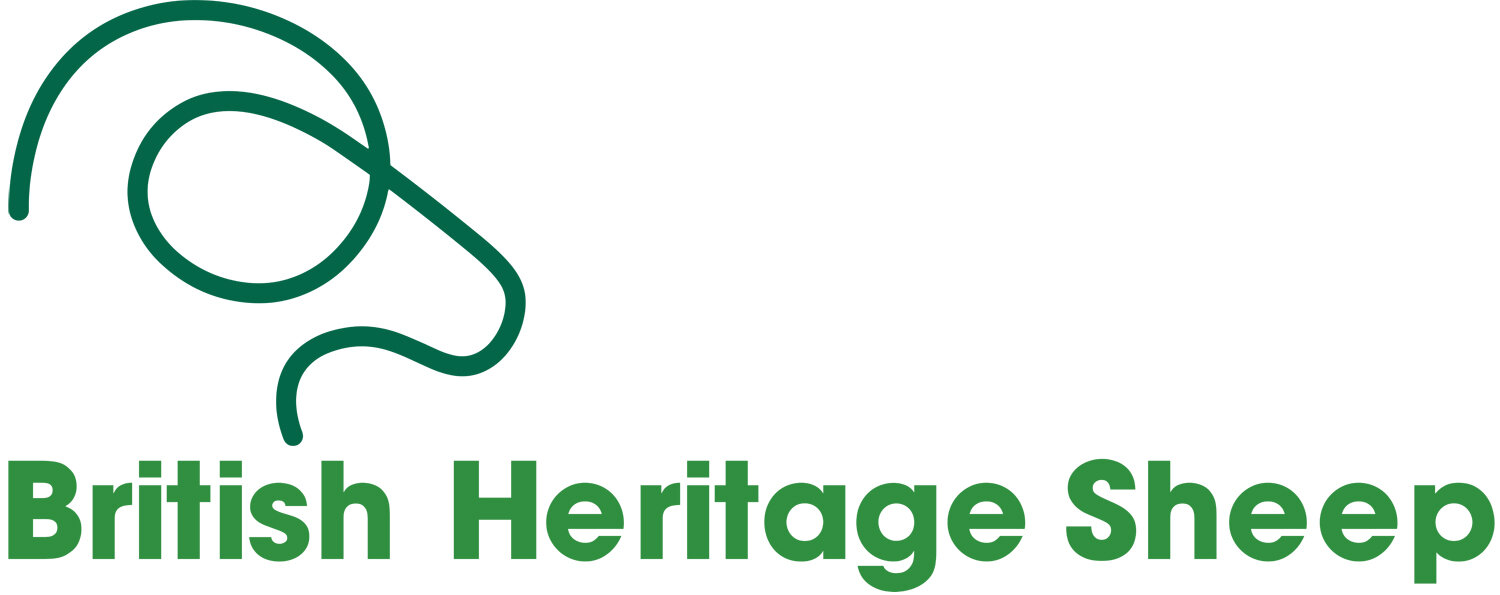
New Tastes from Old Traditions
A scheme based on Age, Breed and Countryside
Britain produces a uniquely wide variety of sheep meat with variations in flavours, yet it is often hard for consumers to find this exciting diversity.
The British Heritage Sheep scheme highlights the ABC of sheep meat, ensuring you know the story of your meat by a simple ABC – Age, Breed, and the Countryside where it was reared.
The scheme will:
Offer consumers a wider choice of sheep meat and new flavour experiences
Strengthen the unique roles of UK native sheep breed characteristics
Help rural communities, family farms and offer new opportunities to young people in farming
Help protect the environment and enhance landscapes
Make a positive asset of our agricultural heritage and culture
British Heritage Sheep Video
YouGov Poll
The concept of the British Heritage Sheep scheme has been put to consumers in a YouGov poll, and the result was very positive.
Details of the YouGov poll can be seen here.
Background Study
The National Sheep Association carried out an in-depth feasibility study for the Heritage Sheep scheme, which can be viewed here.
A sustainable farming system
Sheep have been reared in the UK for 4,000 years. In the last few hundred years careful breeding has produced breeds of sheep suited to local environmental conditions - from mountains tops to lush lowland pastures.
At the centre of this sustainable system of breed-based production are Britain’s family-run sheep farms. In an increasingly corporate farming industry, sheep farming has remained a bastion of family farms, operating a grass-based farming system.
British Heritage Sheep aims to ensure that this system can survive, ensuring often remote communities remain financially sustainable.
Do different types of sheep meat produce different flavours?
Yes, they do, but at present, consumers are given little opportunity to experience these differences.
Not all sheep meat tastes the same, and the main factors affecting the flavour are the age of the animal and its breed. To some extent what the animal eats will also affect its flavour - for example, a mountain sheep eats predominantly wild herbs and grasses, giving the meat a distinctive eating experience, highly prized in past generations.
Sheep meat is one of the last undifferentiated foods. We all know about the many types of cheese, apples, and so on, but retailers rarely inform consumers about the breed of sheep meat, nor do they explain where and how it was reared, nor offer meat of differing ages.
The British Heritage Sheep scheme aims to ensure consumers have this choice, enabling them to explore and compare the flavours of different ages, breeds, and countryside. In turn, the priceless national genetic resource of our native sheep breeds will be conserved.
AGE
Lamb, Hogget and Mutton
There are three recognised ages of sheep meat. Lamb; up to one year old; hogget one to two years; and mutton over two years old.
These different ages impart different characteristics to the meat. The older the animal, the more depth and complexity the flavour has.
BREEDS
The UK has the greatest number of native sheep breeds of any country in the world.
With over 60 native breeds of sheep, we have a priceless gene pool of characteristics, and with a changing climate we never know which of these traits will be needed in the future.
View the UK’s sheep breeds here.
This catalogue includes non-native breeds.
COUNTRYSIDE
Landscape
Altitude, geology and climate all contribute to the look of a landscape. They also affect the type of plants which grow there, and this in turn can affect the flavour of the meat from animals grazing there.
The type of countryside will also determine which breeds are best suited to the area - in upland areas, for example only hardy breeds will thrive.
Where can I buy fully traceable lamb, hogget or mutton?
Although still not available in the main supermarkets, there are an increasing number of places where you can buy fully traceable sheep meat:
Traditional butchers often source their meat direct from farmers so can tell the story behind the meat. If only lamb is available, you can ask if the butcher can source hogget or mutton.
Farmers are increasingly selling their own meat directly via farm shops, farmers markets or mail order.
An online directory of UK quality mutton suppliers is available at the www.AboutMutton website here
The UK now has more identified cheeses than France, yet there are few alternatives available to anything but ‘Lamb’.
British Heritage Sheep aims to remedy that.









